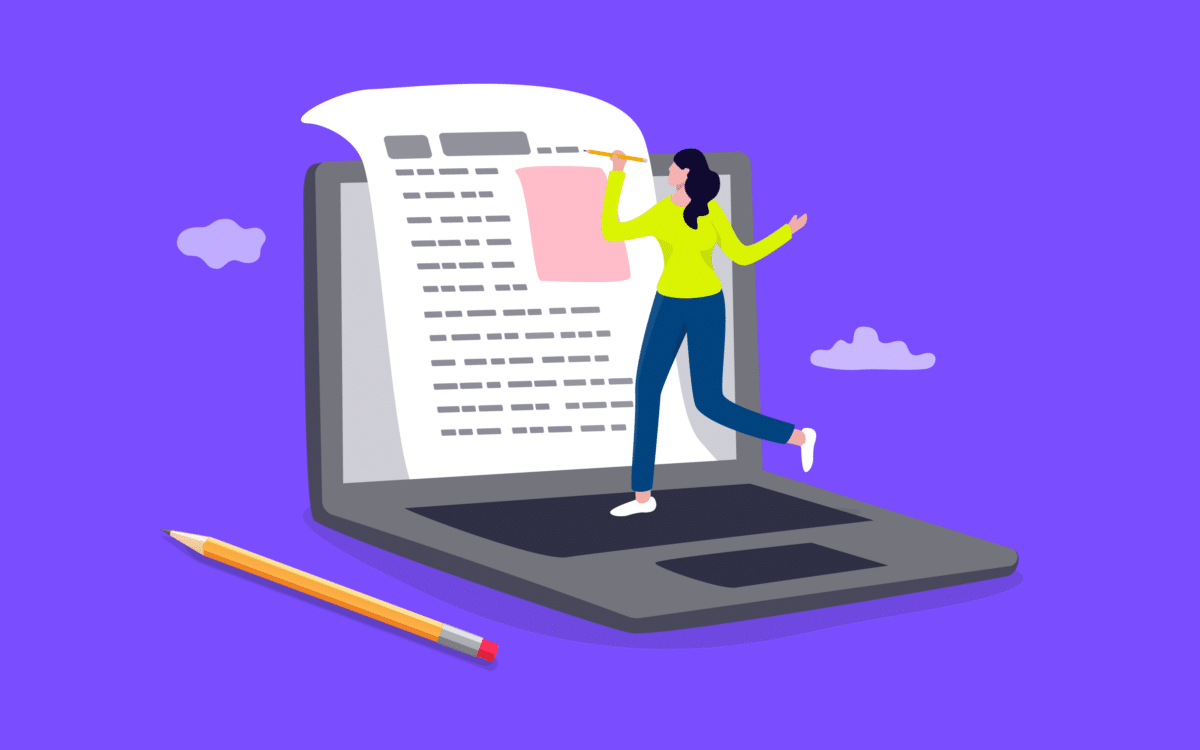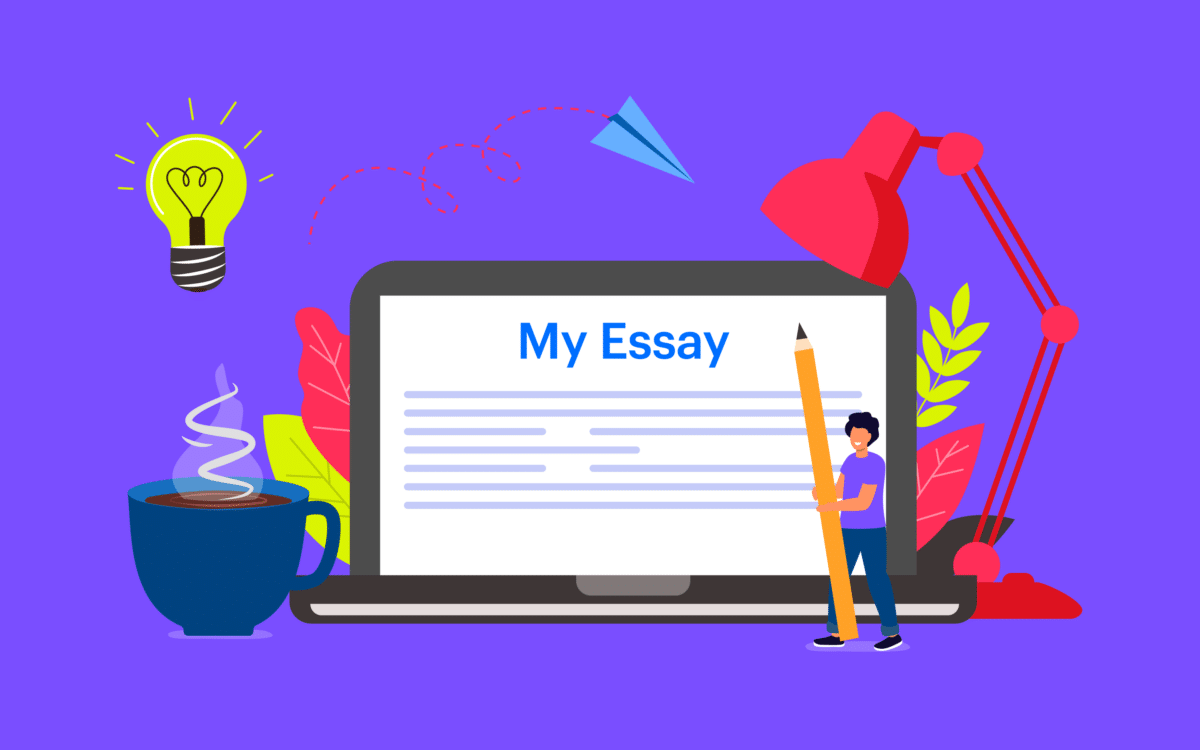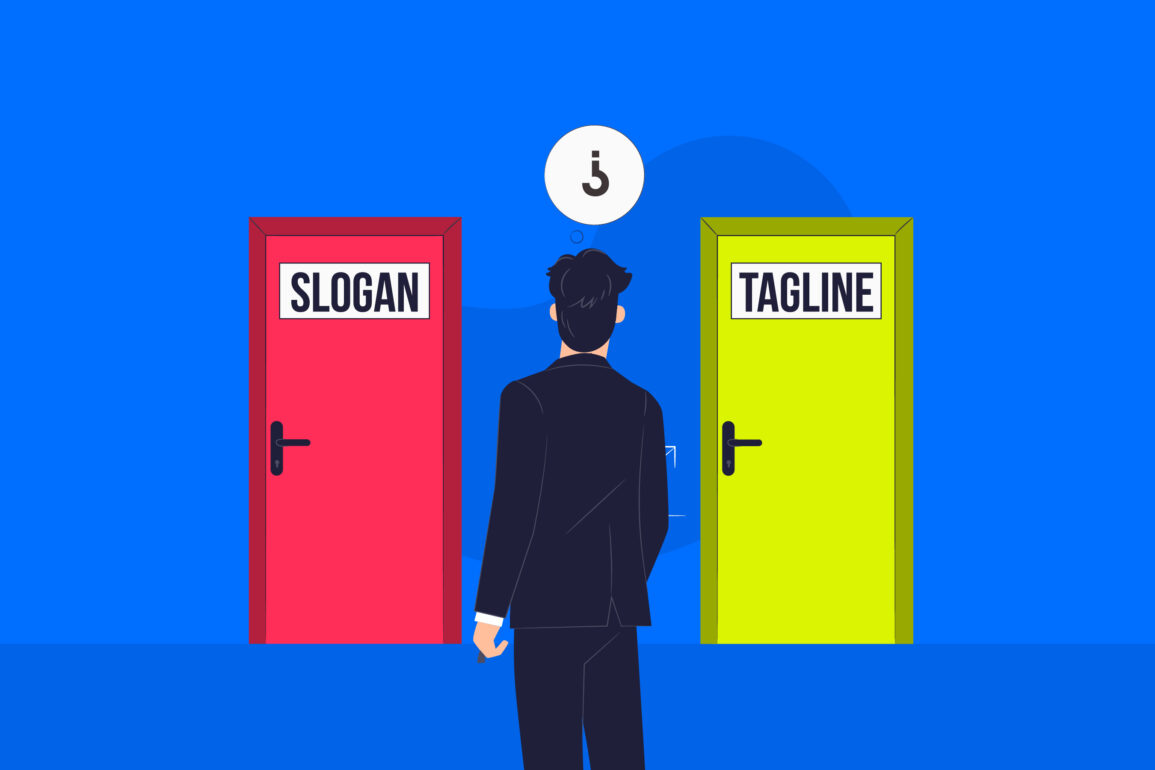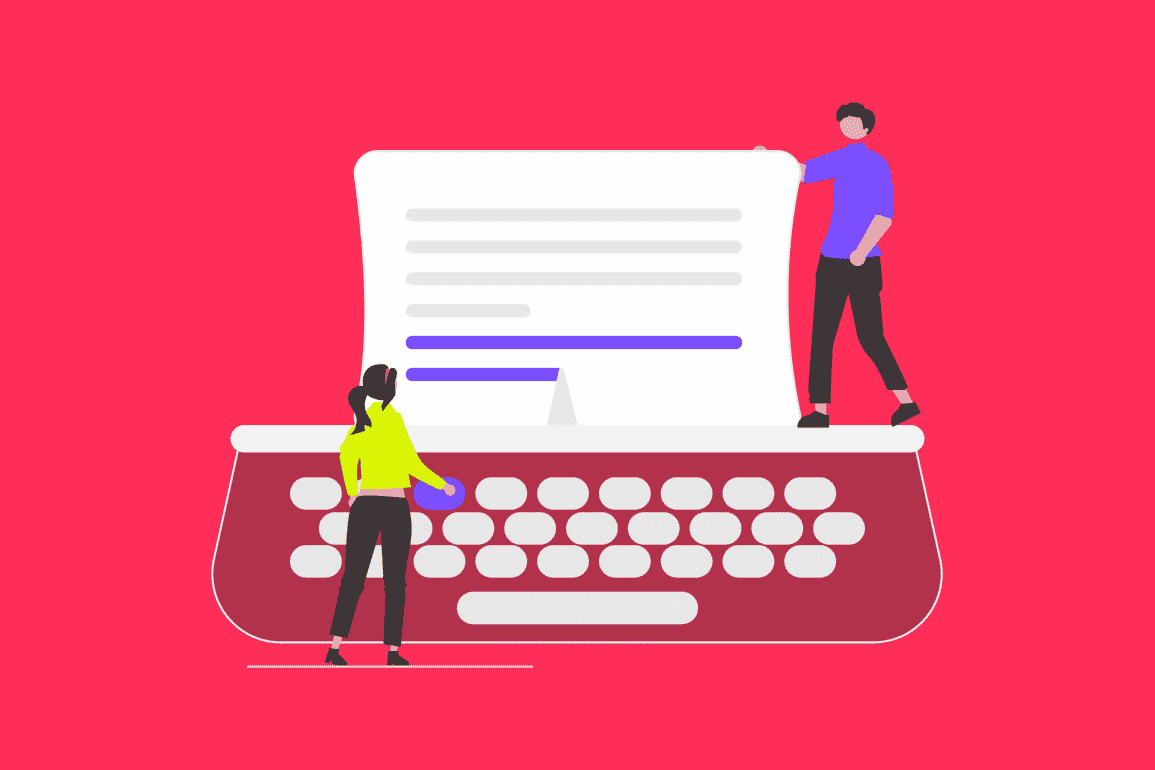How to start an essay: Creating an essay introduction

For many students, figuring out how to start an essay is the toughest part of writing an academic piece. From determining how long your introduction paragraph should be, to discovering methods of captivating your intended reader, there’s a host of challenges to overcome.
While there’s a lot more to an incredible essay than the introduction, your starting paragraph isn’t something you can afford to overlook. This is the part of the essay where you tell your reader exactly what the document is going to cover – and why they should want to read on.
A good introduction paragraph should grab your reader’s attention immediately, present the central point of your essay, and provide any useful context. Since a poor introduction could prevent your reader from checking out the rest of your content, it’s easy to see how students get stuck.
Let’s look at the steps required in starting a successful essay.
The start of the essay introduction: Writing your hook
Your introduction paragraph isn’t just a way to kick off your essay – it’s an important part of the overall reading experience. If you’ve ever read about headline psychology, or marketing techniques, you’ll know most readers have pretty short attention spans.
If you want to capture someone’s interest and keep them reading, you need a hook.
The hook in your introduction paragraph sets the tone for the whole essay. Dense, complex sentences are difficult to consume, so avoid those. Quick and catchy sentences will more effectively spark your reader’s curiosity.
Think of the hook in your essay as a fishing hook, reeling your reader into your essay. It needs to give a sense of what you’re writing about, without being too dry or boring.
For instance, look at these two examples of a hook:
- Branding is the promotion of a brand with distinctive design elements.
- Branding is how companies capture the hearts of their audience.
Both intros are relatively similar in length, however the first simply offers a dictionary definition of what branding is. The second engages the reader with emotion and sparks curiosity, by not saying too much straight away.

How to start an essay: Context and statements
Once you’ve got your hook, you can begin providing your reader with context about your topic and argument. You might share historical, graphical, or social information, or give an outline of the debate you’re addressing.
If you’re exploring a specific topic, it may also be a good idea to define some “key terms”, which will appear throughout the essay.
The information here needs to be broad enough to maintain the reader’s curiosity, but still focused enough to stay concise.
After providing the correct background information, you can present your thesis statement, or the overall argument you’re going to be making. This is the most essential part of your introduction, because it forms the basis for the rest of the essay.
In some cases, you may also want to use your thesis statement to provide a general insight into the structure of the essay. If your thesis statement is, “I’ll be exploring why branding is driven by emotion”, you can continue with extra information.
For example:
“In this essay, we’ll discuss the emotion involved in the branding process, exploring the psychology of color, the impact of tone of voice, and the “personality” in marketing.”
How to write an introduction paragraph: Revising
Notably, although you generally write an introduction paragraph for your essay at the beginning of the writing process, this initial paragraph can sometimes be simply a placeholder.
As you research, write, and expand on your arguments, you might change direction with your thoughts. This could require you to go back and edit your introduction, making it more relevant.
The changeable nature of an essay argument is why so many people actually prefer to write the rest of their essay first, then go back to the essay at the end. When you’ve finished writing the essay body and conclusion, go back and check the introduction matches the content of your essay.
Your thesis statement should accurately represent exactly what you’re going to do in the rest of the essay.
When revising your essay, check off the following:
- My hook (the first sentence) is engaging, interesting, and relevant.
- I have shared any necessary background information my reader needs.
- My reader understands the important terms used in this essay.
- My thesis statement presents my main argument clearly.
- The introduction is relevant to the main body of the essay.
- My conclusion and introduction align perfectly.
- The tone of my writing is consistent throughout.

How to start an essay introduction: Inspiration options
For a lot of academics, the most challenging part of writing an essay is creating the introduction. We know this part of the document is important to engaging readers and maintaining their attention.
Getting to the point where we actually explain the body of the argument can feel like a daunting process. The good news is you can adapt your introduction writing strategy to suit your needs.
If you feel uncomfortable finding ways to hook your reader straight away, start by writing the middle of your essay, then go back to the introduction and conclusion.
You can also experiment with different techniques for starting your essay, such as:
Stating an interesting fact
While providing dictionary definitions of topics at the beginning of your essay isn’t a good idea, grabbing attention with an interesting fact is a good alternative.
If you have a shocking statistic or amusing fact to share, this will grab your reader’s attention and make them want to learn more. An article on Iceland might start with, “Most people in Iceland believe elves exist”.
Remember, relevance is key, don’t just share any random fact to make your reader pay attention.
Asking a question
Asking questions can be an excellent way to engage any audience, both in the academic and marketing worlds. Asking a question in your essay opening pushes your reader to actively engage and interact with your work. Once again, the question needs to be relevant.
For example, if your essay is about losing weight, you might ask the question, “How many diets have you tried and given up over the years?”. Asking a question is usually a good choice for “persuasive” essays, because it immediately pulls your reader into picking a “side” for the argument.
Dramatizing a scene
Another fantastic way to start writing your essay introduction, is to create a dramatic scene related to your essay. Normally, this is a good option for creative essays, but it can also be helpful for personal statements in college essays.
A good example of a dramatic scene might be:
“You’ve just pulled into the college campus parking lot. Students are milling around like ants, scattered across the sun-scorched pavement. Within seconds of lingering at the parking lot entrance, you notice you’re trapped, with no available spaces to claim.”
Outside of the creative essay landscape, this kind of introduction can also be helpful when you want to use emotional appeal to help highlight your argument in a persuasive essay.
Using a quote
Quotes are helpful in essays because they demonstrate you’ve done the appropriate research for your argument. You can also use quotes as a way of showing other well-renowned people in an industry who share your perspective.
For instance, “Stopping advertising to save money is like stopping your watch to save time” – Henry Ford, could be an excellent quote for an essay about marketing budgets. Like using a fact or statistic to open your essay, make sure the quote you choose is relevant to the topic.
Being direct
If you determine you want the tone of your essay to be as direct and concise as possible, you could consider stating your thesis straight away. This is a straightforward approach to an introduction paragraph, intended to pull the reader immediately into the argument.
In an essay about greenhouse gasses, you might say “We can’t afford to ignore our planet any longer, the time to take action on greenhouse gasses is now”.
Starting your essay this way ensures you can cut straight to the chase and grab the attention of people who might otherwise be uninterested in what you want to say. These kinds of introduction are excellent for analytical essays, where facts are the key focus.

Figuring out how to start an essay
As you can see from the examples above, there’s no one strategy for starting an essay which works in all cases. In some cases, students can even consider working with a cheap essay service for inspiration. Most of the time, it’s best to experiment with different styles, and think about your target reader when deciding where to begin.
Remember to:
- Consider the type of essay: Starting an analytical essay may require a more direct and statistic-focused introduction. A creative essay would require more emotion and heart.
- Get the tone right: Think about how you’re going to speak to your audience. What sort of voice would grab your reader’s attention? How do you want to come across?
- Stay relevant: Avoid going off on a tangent before you even get into the body of the essay. Everything in your introduction should be relevant to the rest of the content.
- Edit the introduction later: Go back to your introduction after finishing the rest of your essay to ensure everything still fits. Or simply write the introduction last.
- Practice: Consider writing different types of essays until the concept of beginning your introduction is no longer as complex as it seems.
Make sure you get your essays off to the right start.
Fabrik: A branding agency for our times.











